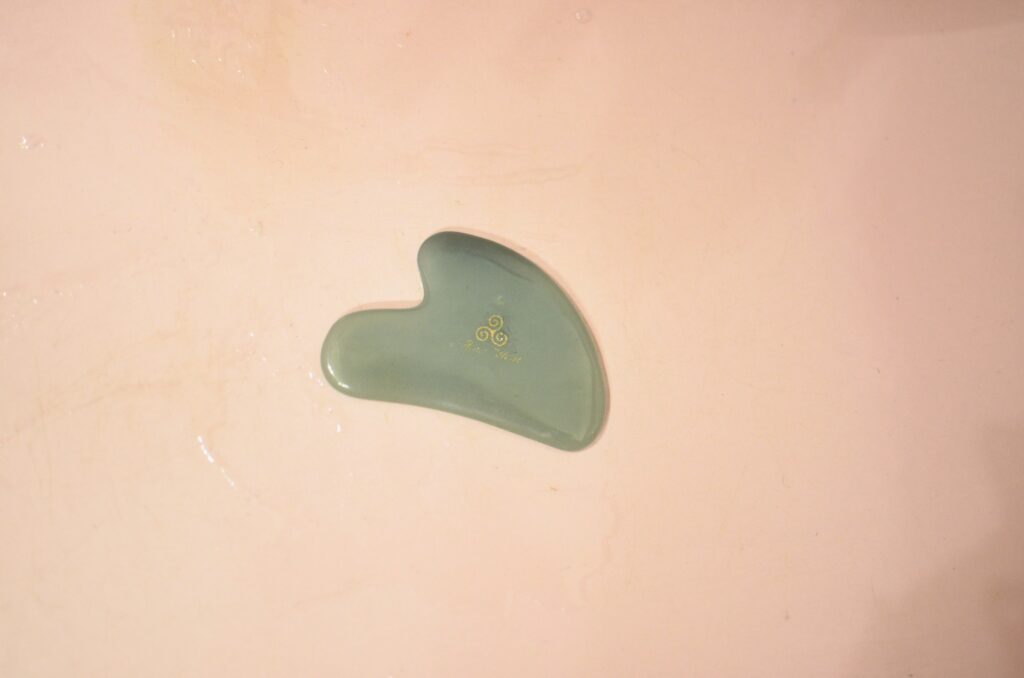Physical Therapy Graston Technique: Accelerate Healing and Improve Range of Motion
Introduction
Physical Therapy Graston Technique (Graston) is an innovative, evidence-based therapeutic approach that utilizes specialized tools to treat soft tissue and musculoskeletal injuries. It combines manual therapy with the use of instruments to achieve a more effective outcome than traditional treatment methods. Graston has been used in physical therapy for nearly two decades and has gained widespread recognition. While it has many benefits, there are some risks and side effects to consider when considering the use of Graston in physical therapy.
What Is The Physical Therapy Graston Technique?
Graston is a treatment technique that utilizes specialized stainless steel instruments to identify and treat areas of soft tissue fibrosis or scarring. It is an evidence-based form of manual therapy, and the instruments are used to massage and break up scar tissue while stimulating healing. Graston can be used to treat a variety of musculoskeletal injuries including tendonitis, plantar fasciitis, ligament sprains, fascia release, and much more.
The Science Behind Physical Therapy Graston Technique
Graston is based on the biomechanical principles of soft tissue mobilization. It is believed that the use of instruments can effectively target areas of scar tissue and adhesions to improve the range of motion, and circulation, and reduce pain. Studies have shown that Graston can be effective in treating both acute and chronic musculoskeletal injuries with minimal side effects.
Benefits and Uses of Physical Therapy Graston Technique in Physical Therapy
The use of Graston in physical therapy has been shown to improve the range of motion, reduce pain and inflammation, increase circulation, and accelerate the healing process. It is a safe and effective treatment option for many musculoskeletal injuries. Graston can be used on its own or in combination with traditional rehabilitation methods such as stretching, strengthening, and other manual therapies.
The Physical Therapy Graston Technique Procedure
Graston is typically performed in a series of treatment sessions. During the procedure, practitioners use specially designed instruments to massage and break up scar tissue. The instruments are used to target areas of fibrosis or adhesions while stimulating circulation and healing. Treatment intensity can be adjusted to patient tolerance and preference.
Risks and Side Effects
There are few risks associated with Graston but some mild side effects may include temporary pain, bruising, or swelling. It is important to speak with your physical therapist prior to beginning treatment to ensure safety and optimal results.
Comparisons with Other Techniques
Graston can be used in combination with other therapies such as stretching, strengthening, and manual therapies. It is also believed to be more effective than manual techniques alone in the treatment of chronic musculoskeletal injuries.
Conclusion
The Physical Therapy Graston Technique is an effective treatment option for many musculoskeletal injuries. It has been shown to improve range of motion, reduce pain and inflammation, increase circulation, and accelerate healing. Graston can be used on its own or in combination with traditional physical therapy techniques to achieve optimal results.

